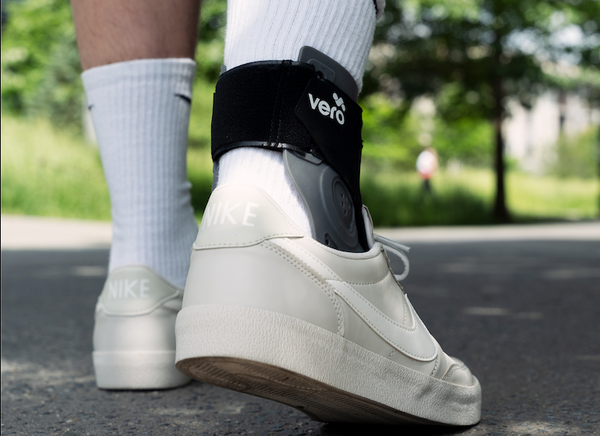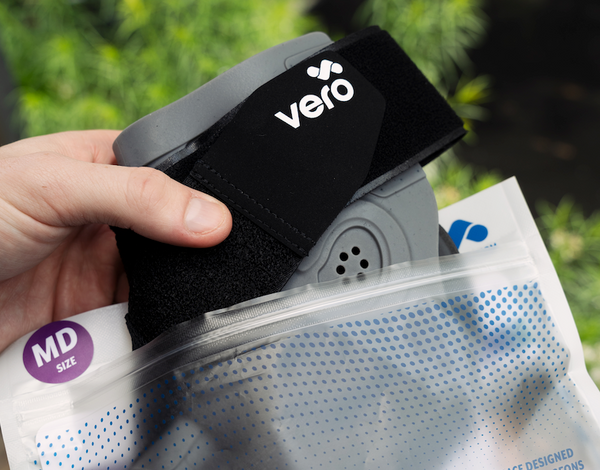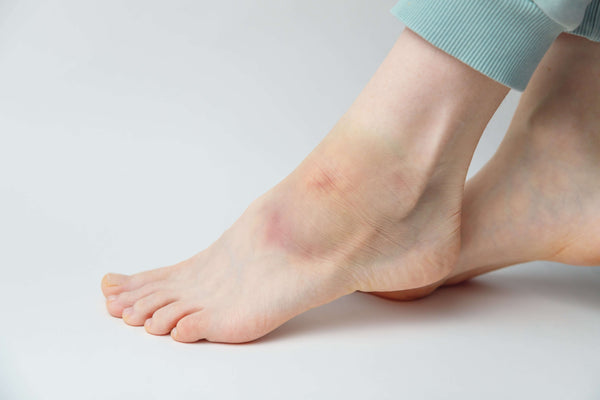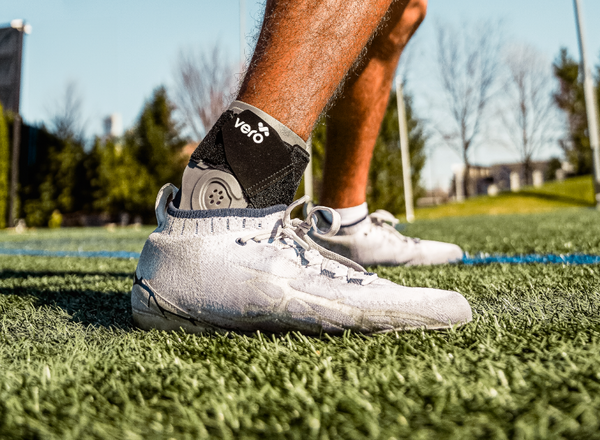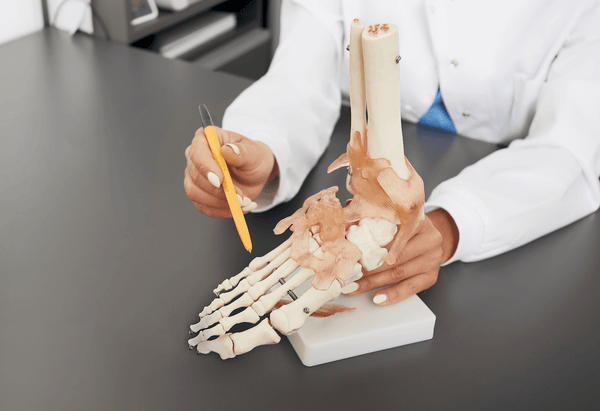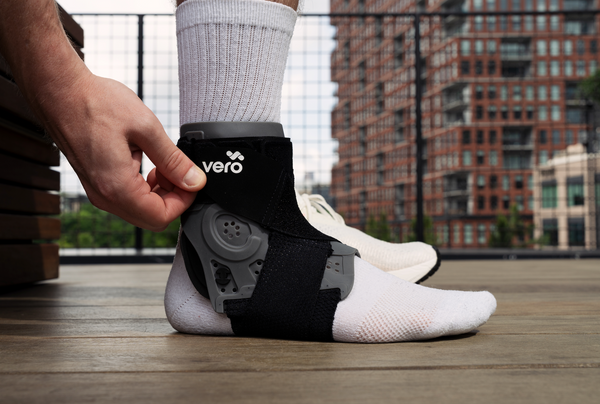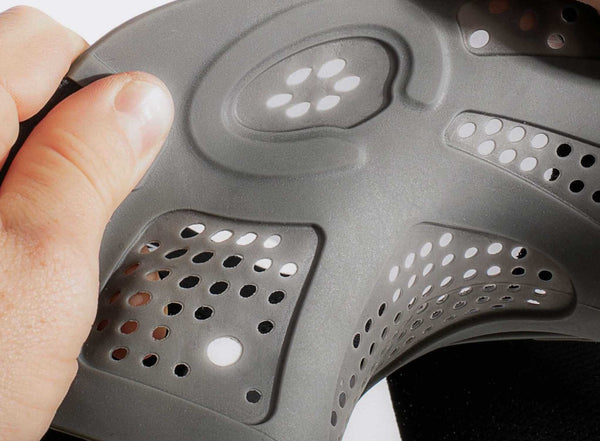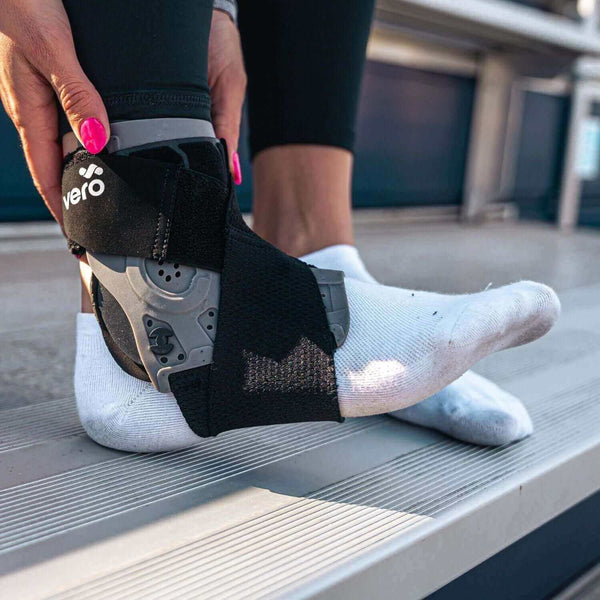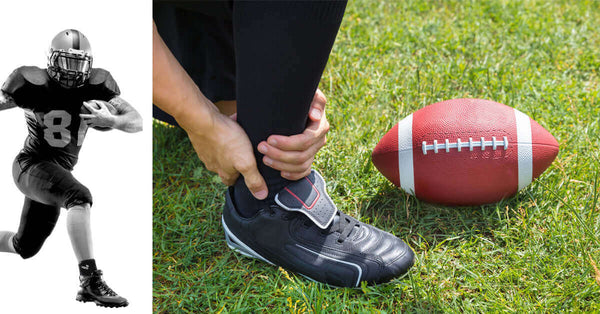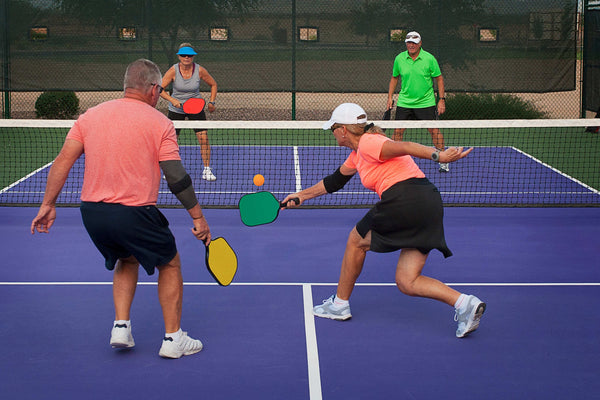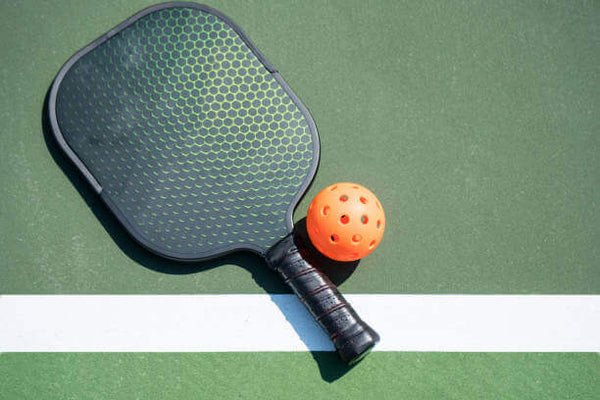It may have just been a ‘simple trip’ but the combination of body momentum and torque generates a surprising amount of force. Ligaments are highly specialised structures designed to yield very slowly and so they can absorb a huge amount of energy before they rupture. So much so in fact that frequently the bones that they are attached to will break before they do. To put this into perspective it is an astonishing fact that most of the fractures that we see around the ankle have occurred in this way. A true sprain is therefore a significant injury; it takes more than 250 to 400 newtons of force for one of the three lateral ankle ligaments to fail- that is equivalent to lifting a grand piano 1m in the air in 1 second.
When lateral ankle ligaments finally give fully the inversion force is then suddenly transmitted to all the other tissues on the outer side of the ankle. This can cause massive disruption to the surrounding area, resulting in damage to the joint capsule, cartilage, tendons and nerves. On top of this the ankle joint itself is not a ball and socket joint, it is a box in a box, designed to go up and down and not side to side. Therefore when the lateral ligaments do finally give the opposite side of the ankle can be damaged by the direct impact of the two bone and cartilage surfaces of the joint in addition to the twisting force that can tear the tissues on the other side. It is little surprise therefore that this can be an extremely painful injury.
Ligaments hold bones together but they cannot be compared to the ropes of a tent. They are much more intelligent than that. They are packed with stretch receptors that can determine with pin-point accuracy the precise foot position in 3 dimensions. These receptors are then wired into our balance mechanism which can almost instantaneously fire off the muscles on the side being stretched so they contract whilst the ones on the opposite side relax. This righting mechanism can stop us from falling over without us even having to think about it. It is a very primitive reflex that happens in the lowest part of the spinal cord and not our brain.
The advantage of this design is its sheer speed. Imagine a 2m tall human (6 foot 6 inches), it is 2m from the foot to the brain. If the reflex was centered in the brain it would require a 2m journey for the impulse to go up to the coordinating centre and then another 2m journey back down to fire the muscles off. Electrical impulses travel at speeds of 50 meters per second so this could happen quickly but as it is actually a spinal reflex it is just 1m to the spine and 1m back with no thinking time required. therefore this is all happens before we have even had time to think.
Ligaments healing is not reliable, they often do not heal and when they do they are usually looser than they were before. Thus it is important to protect them through the healing process. This is done with immobilization of the ankle – either with taping, bracing or a hard shell boot. Unfortunately nerves have no ability to heal, therefore even if a torn ligament ‘heals’ the nerves within it that enable the spinal reflex don’t recover. The bones may be held together by the healed ligament but it can no longer facilitate the control of the muscles that is also necessary for balance. The only way we can then know where we are in space is by training other structures to take over as much of this role of the ligaments as possible. This can only happen through proper rehabilitation.
If the ligaments don’t heal then we lose their role in stability of the bones as well as their sensory role in controlling muscle contraction which can result in a very unstable situation. These patients will often report having to watch the floor in challenging situations in order to use their brains to control their balance. Many avoid uneven surfaces altogether. Fortunately some of these patients can achieve their positional sense- known as proprioception- through rehabilitation. These patients are known as ‘Copers’, you will be surprised at how many of the tops athletes in the world have no ligaments but are able to function at the highest level. This is done through rehabilitation other structures to achieve a spinal level reflex so that they are not having to worry about their balance and can focus on the ball instead.
Successful recovery of function after an ankle sprain is more than just a question of whether the ligaments have healed or not. Rehabilitation is of vital importance and can achieve success even when the ligaments have not healed. Sometimes there may be other structures damaged at the same time as the ligaments were torn. Sometimes the problem is not a sprain at all and may have been a fracture or a tendon problem. Therefore if the ankle does not settle it is important that the diagnosis is re-visited and the ankle investigated.
Finally it may necessary to repair the ankle ligaments in order to stabilize the ankle. Ligament healing is not very reliable and even when it does occur it is generally stretched out as the tension is lost. As a consequence 30% of people who have a proper ankle sprain will find themselves still symptomatic nearly a year later. All of this means that it is important that a sprain is taken seriously and not just dismissed as a ‘just a sprain;.


